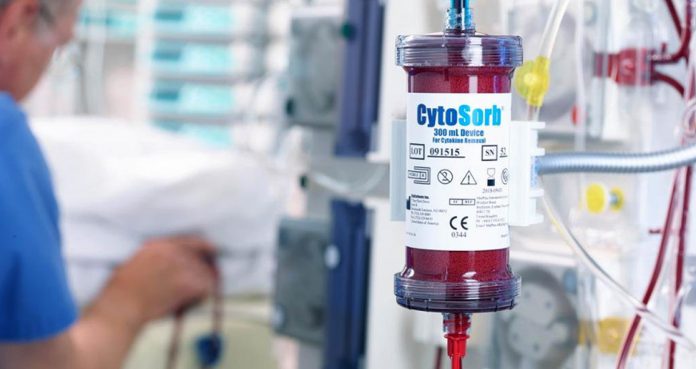A British engineer designed a blood-filtering system that can sieve away deadly conditions such as sepsis, malaria, and even leukemia, by using magnets. The disease could be drawn out of the body with the system.
Dr. George Frodsham, the CEO of MediSieve, which is affiliated with the University College London (UCL), has come up with the notion while he was studying how magnetic nanoparticles may bind to bodily cells.
He realized that when the cells can be magnetized for imaging, it is possible to suck them out of the blood as well.
The researchers explained that it is theoretically possible for any bacteria, virus, or even blood cancer, which could be grabbed by using a tiny magnetic particle, could be eliminated from the body without using harsh and lengthy treatments.
The new blood cleansing system called MediSieve is awaiting approval for its first human trials from the Medicines and Healthcare products Regulatory Agency (MHRA). The trials are likely to start in 2020.
Dr. Frodsham said, “In theory, you can go after almost anything. Poisons, pathogens, viruses bacteria, anything that we can specifically bind to we can remove. So it’s a very powerful potential tool. When someone has a tumor, you cut it out. Blood cancer is a tumor in the blood, so why not just take it out in the same way?”
“Now is we know it’s possible, it’s just a question of figuring out some of the details,” he added.
The new blood filtering system is known to work just like dialysis. Blood is removed and infused with magnetic nanoparticles that adhere to a specific disease, which are then trapped in the cleaning system using magnets, pumping back the cleaned blood back into the body. The whole procedure is likely to take two to four hours.
Many charities have welcomed the innovative development, stating that such treatments are desperately needed for treating blood cancers, such as leukemia.
Dr. Frodsham said, “We’ve put blinkers on ourselves. Anyone who is looking at new solutions to malaria were looking at drugs and it hadn’t entered anyone’s mind you could use a device and I said ‘look we have this physics we can use.’”
“If you look in hospitals, everything is being done by engineers. All the equipment and the surgical stuff and the syringes and the machines and monitoring to keep you alive,” he added. “If people are looking for a potential career in which they want to change the world and benefit people and honestly don’t into medicine go into engineering, you will have a much bigger impact. A doctor will never treat a million people but an engineer could.”
Commenting on the innovative blood purifying technology, Dr. Ron Daniels, the UK Sepsis Trust CEO said, “The development of new technologies and their application in the clinical setting has potential to transform the way we manage this complex condition in the future.” “However, we need to be mindful of the associated risk with therapies such as this, particularly involving the circulation of blood outside the body,” Dr. Daniels added. “In the UK, these would have to undergo a rigorous testing and approval process before use in a critical care setting.”























